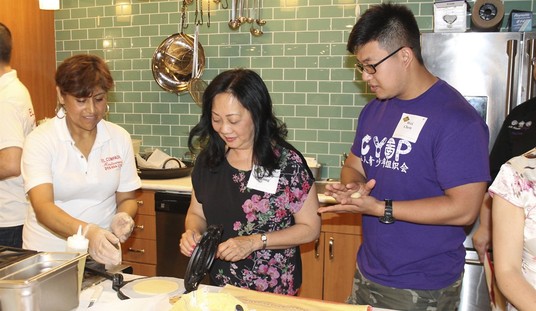Do you have a child who can’t concentrate—can’t learn—unless he’s fidgeting? The Fidget Cube, which has been attracting a lot of attention on Kickstarter (along with a boatload of money), may be able to help. The product claims to be an “unusually addicting, high-quality desk toy designed to help you focus.” According to the Kickstarter campaign, the gadget will allow you to “fidget at work, in class, and at home.” This innovative product, for which an astounding $4,318,621 has been pledged (they had a modest $15,000 goal), is a small, hand-sized cube with a different tactile experience on each of the six sides. There’s a switch, a mini-joystick, and an indentation that mimics a “worry stone,” along with other buttons and gadgets the user can manipulate. Some of them make clicking sounds and others are silent.
While the site doesn’t make any claims about improving a child’s grades or helping a wiggly kid to sit still and concentrate, numerous studies have shown that there are some kids (and adults) who find it very difficult to concentrate unless their hands are fiddling with something.
For example, a 2005 study at the University of Hertfordshire found that “children who fidget with their hands in the class learn more quickly than those who stay still.” Use of “manipulating objects,” researchers said, “is known to activate the brain.” Dr. Karen Pine, of the University of Hertfordshire stated, “Therefore, far from restricting children from moving their hands, if teachers encouraged more fidgeting in the class they might find children actually learn more.”
Another study focused on the use of stress balls in the classroom to improve student achievement. Researchers found that in classrooms where children were given stress balls, “The mean writing score of the class increased from 73% to 83%.” Children with ADHD benefitted the most, “with an increase of 27%.”On a personal note, I have a son who is a fidgeter. All through our years of homeschooling he always had something in his hands any time I was teaching or reading to him. I’d look up and see him fiddling with Legos or balancing his pencil on a pile of baby carrots or taking apart the nail clippers and putting them back together. While it sometimes seemed like he wasn’t paying attention, he was usually able to recite back to me what I had read, often word for word. I realized fairly early on that forcing him to sit still with his hands folded in his lap would be an exercise in futility, so I allowed him to learn the way that felt most natural to him—with his hands manipulating something.
That fidgety little boy is now all grown up—and he’s a fidgety adult. Perhaps it’s not surprising that he’s an IT director who works at a job that engages his brain and keeps his fingers moving. He admits that he still thinks and concentrates best when his hands are fiddling with something. In fact, this image on the Kickstarter page caught my eye because I’ve seen my son’s hands do things like this hundreds (if not thousands) of times:
When I sent him a link to the Kickstarter campaign for the Fidget Cube, he immediately ordered two of them!
The video below describing the product, along with a typical Fidget Cube user, is a little tongue in cheek, but it hits pretty close to home if you have a fidgeter in your life. And if you’re the fidgeter, you’re really going to relate to the bubble wrap references. I’m sitting here chuckling thinking about how happy my son used to be anytime we’d receive a package filled with bubble wrap!
I’d love to see teachers giving these a try in their classrooms. It would sure beat drugging some of those wiggly little boys, wouldn’t it?











Join the conversation as a VIP Member